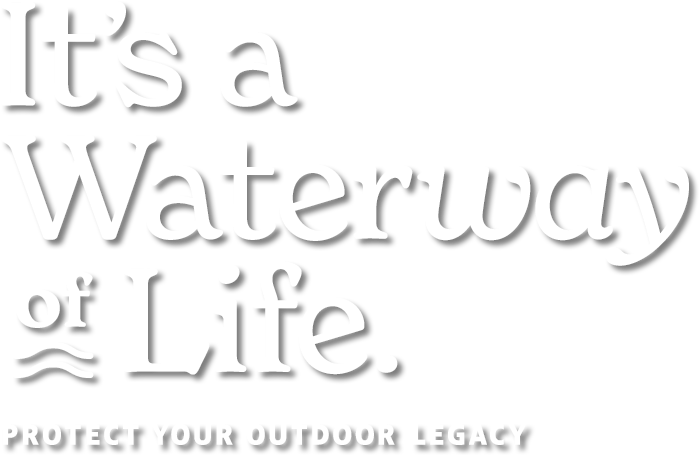Protecting West Virginia’s Waterways
West Virginians can decide what is best for the Mountain State
Answers to these questions help us learn how best to provide our waterways with permanent safeguards for our special waterways.
FAQS
-
No. Recreation on the river, including activities like fishing, hunting, and boating, is one of the major uses that the Wild and Scenic designation aims to protect. If you enjoy fishing, hunting, or boating now, you will continue to do so after the river is designated.
-
No. Recreational use of public lands adjacent to a Wild and Scenic River will continue as usual. Hunting and fishing regulations and licenses, camping, use of off-road vehicles, and other activities will still be governed by existing West Virginia state laws, with no new federal rules or regulations. Additionally, you can participate in developing a plan for each waterway to ensure your access and use of public lands and the waterway continues.
-
No. A river's classification as "wild," "scenic," or "recreational" is based on the extent of existing development and accessibility. For example, "recreational" rivers are defined by the Act as "rivers that are readily accessible by road or railroad, may have some development along their shorelines, and may have undergone some impoundment or diversion in the past." This designation does not impact private landowners' rights to develop their property along the waterway. On federally owned land, future development along a wild, scenic, or recreational river is permitted as long as it aligns with the river's classification and does not harm the values for which the river was designated. The only development that is prohibited is dams.
-
No. The Act carries no authority to affect the zoning of private lands. Local land-use planners are encouraged to protect river values, but there are no binding provisions in the Act. Zoning, if any, is by local and state West Virginia law.
-
No. In many cases, visitation has increased only slightly or not at all after designation. Visitors to West Virginia's current Wild and Scenic River, the Bluestone, continue to enjoy the Bluestone as before. The Mon Forest is large; adding 16 West Virginia waterways to the Wild and Scenic Rivers System will distribute usage across the entire Mon Forest. You can also participate in planning to determine permissible uses and numbers on the waterways. Additionally, important river values, such as pristine beauty, current recreation, and unique West Virginian aquatic species and habitats, can receive extra safeguards. As always, remember, if you own land along the river - NO ONE can enter your land from the waterway without your permission.
-
YES! You can get involved right now to support permanent protections for these 16 waterways. (button here for Petition in support). Once the waterways are designated, you can participate in creating the river plan for the waterways.
-
YES! The Bluestone River has been a Wild and Scenic River for 30 years. The Bluestone is well managed, public access points continue, and recreational uses flourishes.




